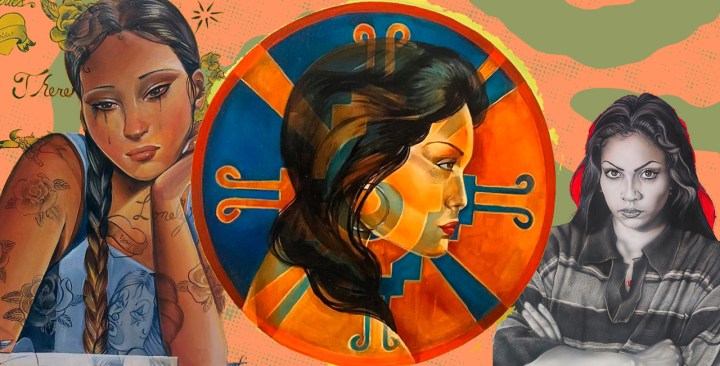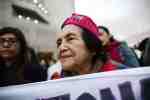This New Exhibition Gives Us a Multi-Faceted Look at the Misunderstood Chola Culture

Header includes Nanibah Chacon, The Letter; Nanibah Chacon, La Onda; Gaspar Eríquez, La Gaby in Red. Collage by Alan López for Remezcla
Chola culture is often misunderstood and seen through a narrow lens. Cholas – whose style is often characterized by their baggy khaki pants, flannel tops, eyeliner heavy makeup, overdrawn lips, and big hair (courtesy of lots of hairspray) – are typically associated with gangs and violence. A recently opened exhibition in Albuquerque aims to challenge that narrative and give us a multi-faceted look into the culture and the working-class environment that birthed it.
“Many within our communities either were, or admired and wanted to emulate, the chola growing up,” said Qué Chola exhibition curator Jadira Gurule to the Associated Press. “She also represents real people with real experiences. The chola is a persona developed in response to racism and sexism. To reduce her to a gang member is shallow.”
Qué Chola is now on view at the National Hispanic Cultural Center – 1701 4th St. S.W., Albuquerque, NM 87102 – until August 4.
